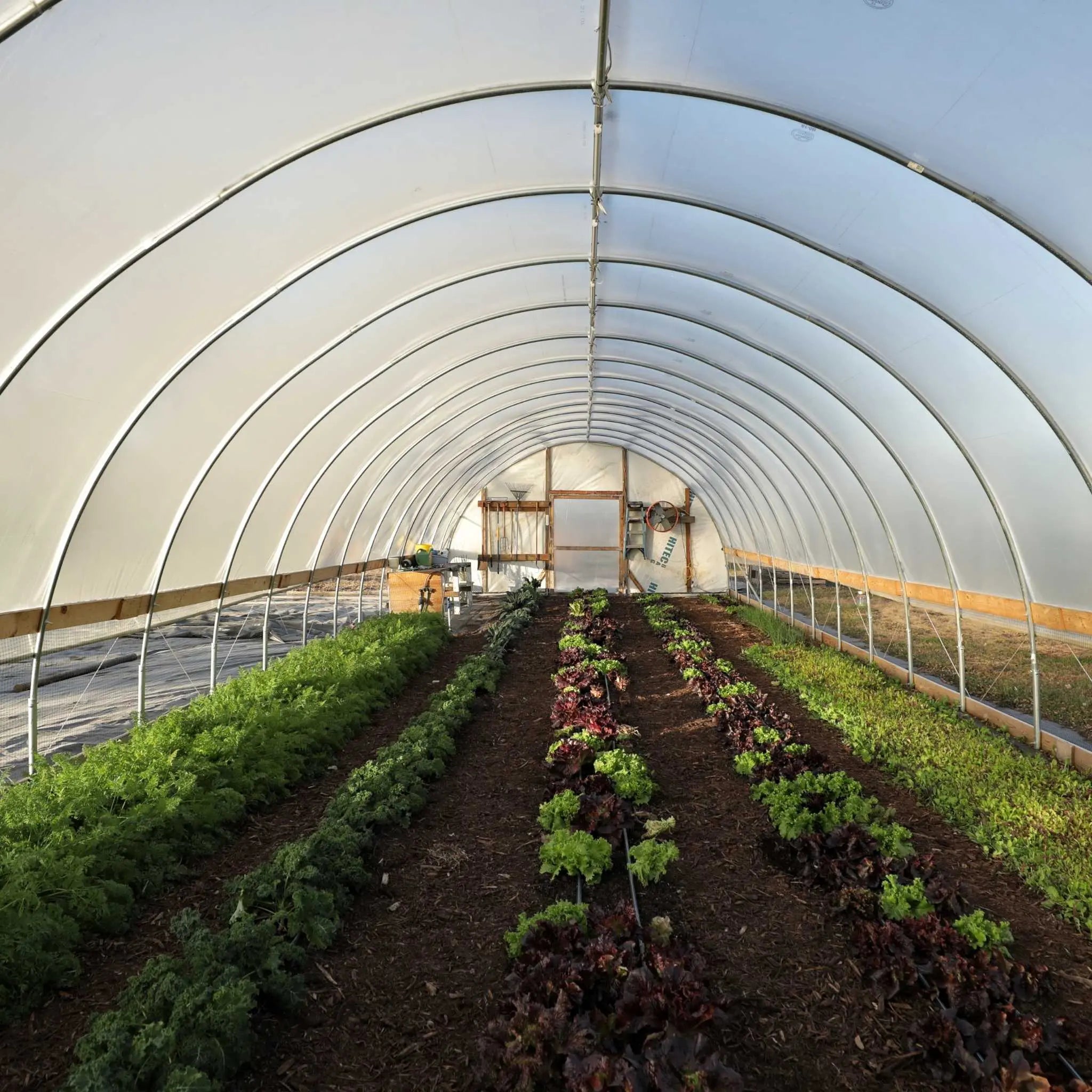Aesthetic Green Living: Monarch Decorative Greenhouse Utah One-of-a-kind Styles
Wiki Article
The Future of Greenhouses: Technologies in Lasting Agriculture
Are you interested regarding the future of greenhouses and just how they are reinventing lasting agriculture? From sophisticated environment control systems to upright farming techniques, water-efficient watering methods, sustainable power combination, and clever data analytics, these innovations are changing the method we expand our food.Advanced Climate Control Systems
To attain ideal expanding conditions, you can rely on the innovations in greenhouses with innovative climate control systems. These systems have changed the means we grow plants, supplying a controlled environment that is helpful to plant growth. With these innovative systems, you can currently control temperature, humidity, light degrees, and also CO2 concentrations to create the perfect problems for your plants to thrive.One of the key features of these innovative climate control systems is their capability to manage temperature. By utilizing sensing units and automated controls, the greenhouse can readjust the temperature level based on the certain requirements of the plants. This ensures that they are never exposed to severe heat or cold, which can be detrimental to their development.
Moisture control is an additional critical element of these systems. By maintaining the suitable moisture levels, you can stop issues such as mold, mildew, and disease from affecting your crops. These systems can additionally manage the quantity of light that reaches the plants, making certain that they obtain the optimal quantity for photosynthesis.
Additionally, progressed environment control systems can even adjust carbon dioxide focus. By increasing the levels of carbon dioxide in the greenhouse, you can improve plant growth and performance. This is particularly useful in locations with reduced natural CO2 levels.
Upright Farming Methods
One important vertical farming technique is utilizing piled expanding systems. Monarch Greenhouse Sheds Utah. These systems include preparing plants in numerous layers, vertically stacked on top of each other. By making use of vertical space, farmers can maximize their crop return without calling for added land. Stacked growing systems are generally made use of in city areas where room is restricted.One popular approach is called upright hydroponics, where plants are grown in nutrient-rich water without dirt. This method is highly effective as it decreases water use by as much as 90% compared to conventional farming methods. Furthermore, because the plants are grown inside, they are secured from conditions and insects, lowering the need for pesticides.
An additional method is aeroponics, which involves putting on hold the plant roots in a haze or air atmosphere. This approach permits for optimum nutrient absorption and oxygenation, causing faster growth and greater yields. Aeroponics likewise makes use of less water than typical farming and can be implemented in vertical systems, making it a preferred choice for vertical farming.
Water-efficient Irrigation Approaches
When it comes to carrying out water-efficient watering methods in lasting farming,Maximizing water conservation is crucial. With international water deficiency becoming a pressing concern, it is crucial to establish cutting-edge strategies that enhance water use in greenhouse procedures.One appealing technique is drip watering, which supplies water straight to the plant origins, lessening waste and evaporation. By utilizing a network of tubes with little emitters, water is used gradually and specifically, guaranteeing that plants obtain the essential dampness without excess overflow.
Another efficient strategy is the use of dirt wetness sensors. These gadgets measure the wetness web content in the dirt and provide real-time data to farmers. By monitoring the soil's moisture degrees, farmers can precisely establish when and just how much water to apply, preventing over-irrigation.
In addition, the application of rainwater harvesting systems is acquiring appeal in greenhouse farming. Collecting rainwater from rooftops and storing visit it in storage tanks enables farmers to use this natural source for watering purposes, lowering dependence on typical water sources.
Last but not least, the fostering of automated watering systems can significantly enhance water efficiency. These systems make use of sensing units to discover soil moisture degrees and climate condition, adjusting watering timetables as necessary. By enhancing water usage based upon real plant demands, these systems can lower water waste and advertise sustainable farming methods.
Renewable Power Integration
Renewable power assimilation in greenhouses provides numerous advantages, including lowered operating costs and reduced dependence on non-renewable power sources. The created power can then be used to run different procedures within the greenhouse, such as air flow, home heating, and lighting systems. These turbines harness wind power and convert it right into power, which can be made use of to supplement the power requirements of the greenhouse.Smart Information Analytics and Automation
To boost the performance of your greenhouse operations and maximize source utilization, take into consideration carrying out smart information analytics and automation. Smart data analytics entails collecting and assessing data from numerous sensing units and devices within your greenhouse.
This can include automating the control of lighting, air flow, irrigation systems, and nutrient delivery. By automating these procedures, you can make certain that your plants get the ideal conditions and nutrients at the best time, without the demand for consistent hand-operated intervention.
In addition, smart data analytics and automation can function with each other synergistically. The information accumulated by sensing units can be used to inform computerized systems, permitting them to make real-time modifications based on the present conditions. This combination of data analytics and automation can bring about much more effective and precise resource allowance, ultimately causing higher yields and much better plant top quality.
Final Thought
In final thought, the future of greenhouses in sustainable agriculture looks promising. With sophisticated environment control systems, vertical farming techniques, water-efficient irrigation approaches, and eco-friendly power assimilation, greenhouses are coming to be much more ecologically pleasant and effective.
By enhancing water use based on actual plant demands, these systems can minimize water waste and promote sustainable farming techniques.

Report this wiki page